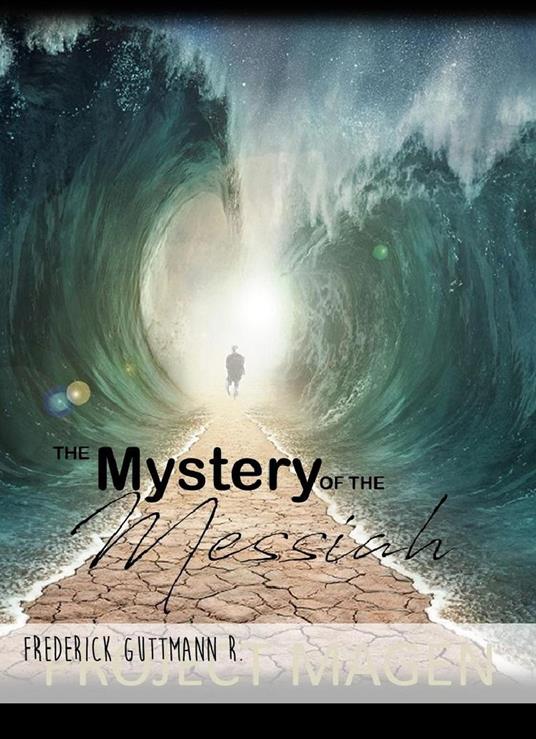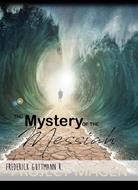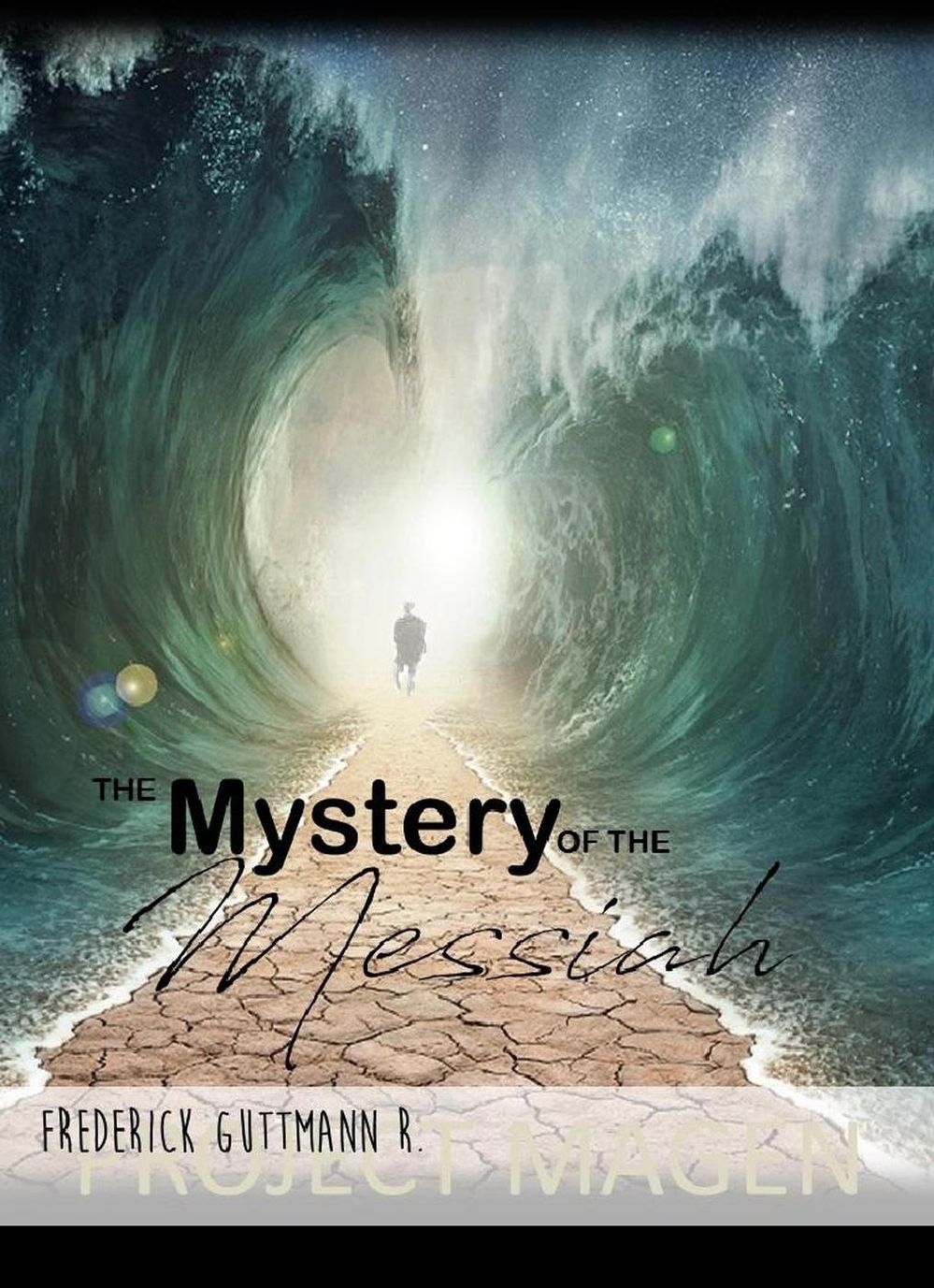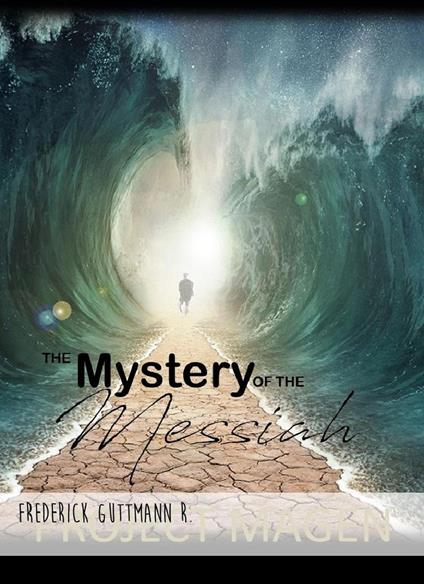The Mystery of the Messiah
This book is oriented to Jewish eschatology and messianism. The idea of a savior that the Hebrew people expected, and where there has been a large number of debates, especially since the appearance of the figure of Yeshua (Jesus), because Christians were the ones who mostly declared that he was the messiah. The Jews did not recognize Yeshua as a messiah because he does not fit the profile they expect, and because they claim that he did not fulfill the prophesied characteristics. Religious Jews feared that the proclamation of Yeshua as king of the Jews would cause conflict with the Romans, but that still happened later, when Shimon bar Koba was named the messiah by the Sanhedrin three decades after Yeshua's crucifixion. The union of the people for liberation motivated the Zealots in a fateful war against the Romans, which ended in the expulsion of the Jews from their land. It must be defined what a messiah is and what role he plays. In Hebrew history, his deliverer was Moses, who before his death proclaimed that a deliverer would come in his place, one of his own Israelite brothers. Certainly, that "savior" was seen in the figure of Joshua (Moses' successor), but it was understood that Moses was speaking of someone who would come in the future and be the guide of all the people in a more universal scope. King David said that a son of his would come who would be the savior (the messiah), the right hand of Jehovah. Initially the concept of "son" was interpreted literally, not as a future successor, so that his heir, Solomon thought that he was this messiah. Jewish scholars have dedicated themselves to searching for clues about this Messiah, who must also reestablish Israel by reuniting the lost tribes. And this search is done in public figures, in the Scriptures, even in their codes. They review the previous opinions of the midrashim of the Talmud. They find two important figures: the greater Messiah and the lesser Messiah. The younger is called 'Messiah son of Joseph', and the older is called 'Messiah son of David'. Some have speculated that they are not two but the same, representing two characteristics of the same being. Another aspect that does not even seem to have been present in the idea of the Messiah among the Jews even in the time of the apostles, was that of a successor to the priest Aaron, the older brother of Moses, from the tribe of Levi. He was the only one authorized to enter the Holy Sanctorum, and who was the representative authority of Jehovah, "the man closest to God." The wife of Ner (Noah's brother) had a son from whom the priestly order called 'Melki-Tzedek' (Kings of Justice) began. That high priest of the Melki-Tzedek order also had to demonstrate. At the end of Genesis the patriarch Jacob announced that someone great would come as Envoy and Peacekeeper, with whom the power of the tribe of Judah would disappear and who would remove the power of the 613 ordinances that Moses would impose. In the words of the major and minor prophets of Israel there was also mention of the arrival of a preacher who would unite people, who would teach love, who would care for the unwanted elements of society and would achieve great things without the need for force. We analyze all the references related to the characteristics to identify said messiah, from the place, time and conditions that had to occur for his appearance, and how said appearance would develop, its patterns and end, in the light of Hebrew literature, and both from the canon of the Tanak as well as the Talmud and the Kabalah.
-
Autore:
-
Anno edizione:2024
-
Editore:
-
Formato:
-
Lingua:Inglese
Formato:
Gli eBook venduti da Feltrinelli.it sono in formato ePub e possono essere protetti da Adobe DRM. In caso di download di un file protetto da DRM si otterrà un file in formato .acs, (Adobe Content Server Message), che dovrà essere aperto tramite Adobe Digital Editions e autorizzato tramite un account Adobe, prima di poter essere letto su pc o trasferito su dispositivi compatibili.
Cloud:
Gli eBook venduti da Feltrinelli.it sono sincronizzati automaticamente su tutti i client di lettura Kobo successivamente all’acquisto. Grazie al Cloud Kobo i progressi di lettura, le note, le evidenziazioni vengono salvati e sincronizzati automaticamente su tutti i dispositivi e le APP di lettura Kobo utilizzati per la lettura.
Clicca qui per sapere come scaricare gli ebook utilizzando un pc con sistema operativo Windows



